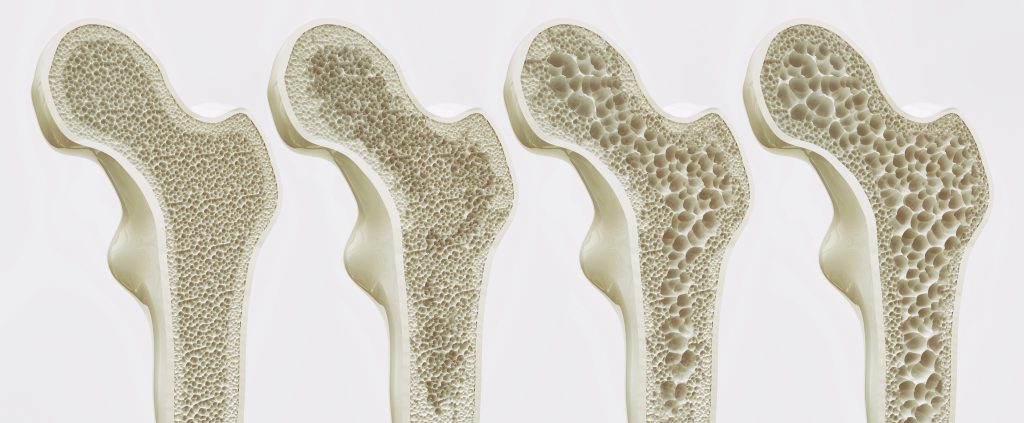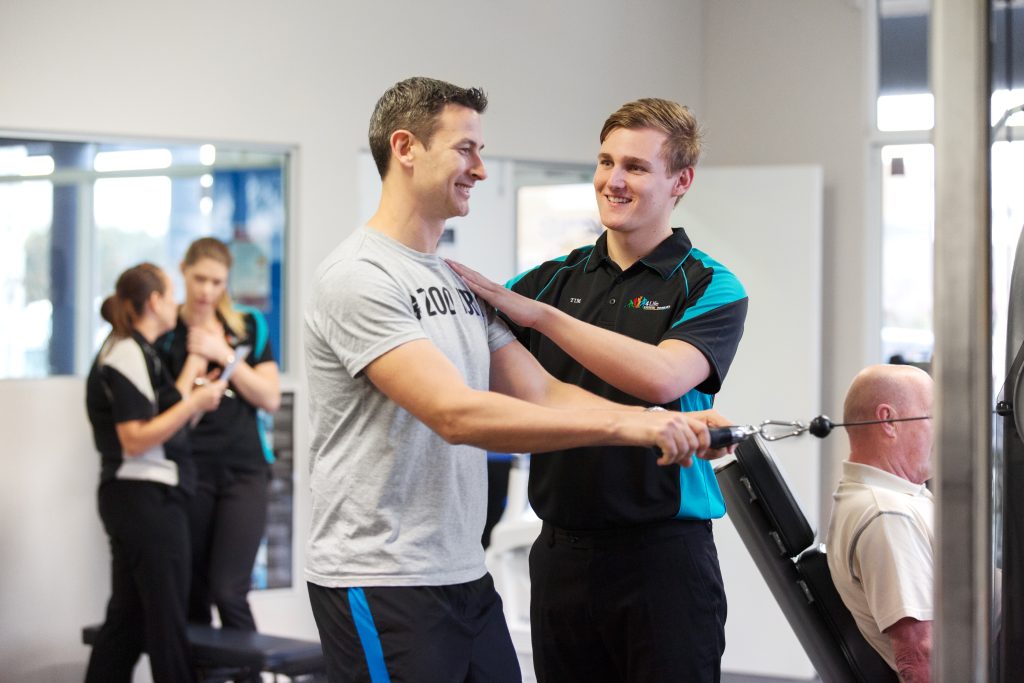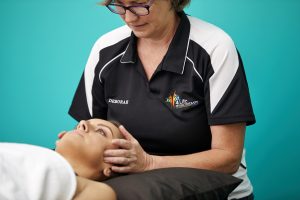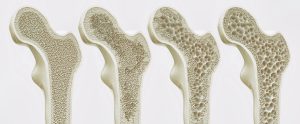Stronger Bones, Healthier Life: How Exercise Fights Osteoporosis
Osteoporosis is often called the “silent disease” because it can progress without any noticeable symptoms — often the first sign is a painful fracture. This condition can affect any bone, but fractures in the spine, hips, and wrists are most common. These injuries can be life-changing, making it harder to stay independent and active. The good news? With the right exercise and lifestyle choices, you can take meaningful steps to protect and strengthen your bones at every stage of life.
What is Osteoporosis?
Osteoporosis occurs when bones lose strength, becoming fragile and more likely to break. It often develops as we age, particularly in postmenopausal women due to hormonal changes, but it can also be influenced by inactivity or nutritional deficiencies (like low calcium and vitamin D).
Fractures linked to osteoporosis can impact mobility, confidence, and quality of life — but staying proactive can make a real difference.

How Exercise Helps
Exercise is one of the most powerful tools for protecting your bones. Not only does it strengthen the bones themselves, but it also builds the muscles that support and protect them. Regular exercise can:
- Increase or maintain bone density
- Improve muscle strength and balance
- Reduce the risk of falls and fractures
- Boost your confidence and independence
Put simply: exercise is medicine for your bones.
Best Types of Exercise for Bone Health

Weight-Bearing Exercises
These exercises make your body work against gravity while staying upright. They stimulate bone growth and strength.
- Brisk walking or hill walking
- Stair climbing
- Hiking
- Dancing
- Low-impact aerobics
Resistance Training (Strength Training)
Strength training helps build both muscle and bone density, giving your skeleton the support it needs.
- Body weight exercises (squats, lunges)
- Gym machines
- Free weights
- Resistance bands
Balance and Flexibility Training
Improving balance reduces the likelihood of falls, while flexibility helps keep your joints and muscles working smoothly.
- Tai Chi
- Yoga or Pilates
- Heel-to-toe walking
- Single-leg balance
Exercise Caution: What to Avoid
Not all exercise is safe for people with osteoporosis. Certain movements can put unnecessary stress on weakened bones. Avoid:
- High-impact exercises like jumping or running on hard surfaces
- Forward-bending movements (especially while holding weight), which increase the risk of spinal fractures
- Twisting motions, such as golf swings, if spinal osteoporosis is present
Nutrition Matters Too
Exercise works best when paired with good nutrition. Your bones need the right building blocks to stay strong.
- Calcium: found in dairy, leafy greens, and fortified foods
- Vitamin D: from sunlight, oily fish, or supplements
- Protein: vital for repairing muscles and bones
Think of nutrition as the foundation, and exercise as the builder that strengthens it. Together, they protect your bones for the long term.
Why is Exercise Important for Osteoporosis?
When you exercise, your bones respond by adapting, becoming denser, stronger, and better able to withstand stress. At the same time, your muscles grow stronger, and your balance improves, making falls less likely. This combination is powerful: fewer falls, stronger bones, and a reduced risk of serious fractures.
Takeaway: Movement is Medicine
A diagnosis of osteoporosis doesn’t mean you have to stop moving. In fact, safe and regular movement is one of the best treatments available. With the right program, tailored to your needs and abilities, you can build stronger bones, improve balance, and regain confidence in your body.
If you’re not sure where to begin, our Accredited Exercise Physiologists can help. They design safe, effective, and personalised exercise programs to suit your health, lifestyle, and goals.
Your bones are stronger than you think, and with the right guidance, they can stay that way for years to come.
By Chelsea Weaven
Accredited Exercise Physiologist





